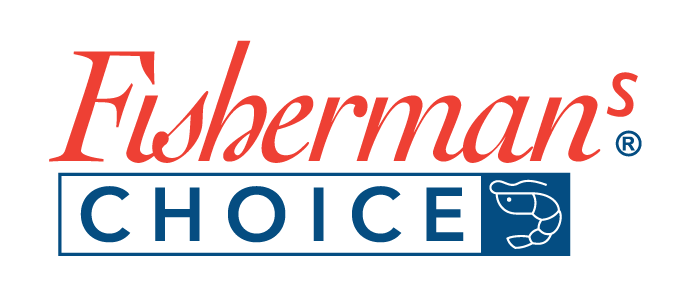Duurzaamheid
Articles
How to make dishwashing detergent with your own hands?
First things first: each ingredient must be dry! Weigh the quantities and mix everything thoroughly. Pour everything into a tight-fitting screw-top jar, as the powder will clump if moisture enters.
Mix only a small amount of cleaner for the first test. Caution is advised when handling pure soda ash: Whirled-up powder dust can irritate eyes and respiratory tract.
Instructions for use
If the water is very soft, you can dispense with the dishwasher salt altogether; if the water has a high lime content, simply adjust the amount. You can achieve the optimum quantity for your region by pouring it into the salt container instead of adding it to the detergent powder.
Portion the detergent according to the number and degree of soiling of the dishes. After a few tries, you will find the right dosage, but less is more when in doubt:
When overdosed, soda and aluminum react with each other, causing blue-colored discoloration. For the same reason, citric acid can coat glasses, stainless steel and silver with milky white streaks that can't be polished away.
Never use the homemade dishwasher cleaner in the automatic program, but only in wash cycles with 45 °C to a maximum of 50 °C. In this way, you avoid undesirable reactions of the ingredients.
Interesting facts about baking soda and sodium bicarbonate
In the past, soda and baking soda were used in the household as cleaning and washing agents. Both are sodium-based salts split off from carbonic acid.
Soda is found in foods as additive E550 and is a component of baking powder. Other names are baking soda and food soda, which have been known for several generations under the brand names "Bullrich salt" and "Kaiser soda". When soda comes into contact with acid, heat and moisture, it releases carbonic acid. This effect is used to bake fluffy cakes.
Soda is found in foods as additive E550 and is a component of baking powder. Other names are baking soda and food soda, which have been known for several generations under the brand names "Bullrich salt" and "Kaiser soda". When soda comes into contact with acid, heat and moisture, it releases carbonic acid. This effect is used to bake fluffy cakes.
Soda, a fine white powder, is available as pure soda, crystal soda or washing soda. In English-speaking countries, a distinction is made between "baking soda" and "washing soda". 500 g of pure soda is equivalent to 1300 g of crystal soda, since bound water is included. Crystal soda should not come into contact with citric acid at an early stage, otherwise a violent reaction with strong foaming will start - therefore it is not suitable for our recipe.
Rinse aid homemade
There are also environmentally friendly and inexpensive alternatives to rinse aid. We do not recommend replacing it with vinegar, as the acid it contains will attack the rinse aid's rubber seal in the long run.
When we look at the ingredients of the ready-made products, we notice the simple formula of water, alcohol and citric acid. Making your own takes just five minutes - here are our instructions:
Recipe for 500 ml homemade rinse aid.
- 300 ml clear alcohol, methylated spirits or organic spirits
- 200 ml water
- 80 g citric acid
- A pot and a glass bottle
Heat the water to just before boiling point and remove the pot from the stove. Now dissolve the citric acid in it and pour everything into a clean glass bottle. Now add the alcohol, for example grain or vodka, close the bottle and shake the mixture well - done!
Spirit or alcohol will ensure a streak-free shine. The citric acid works against lime deposits and gives your dishwasher a fresh scent. You can pour some of the rinse aid into a spray bottle and use it as a window cleaner!
